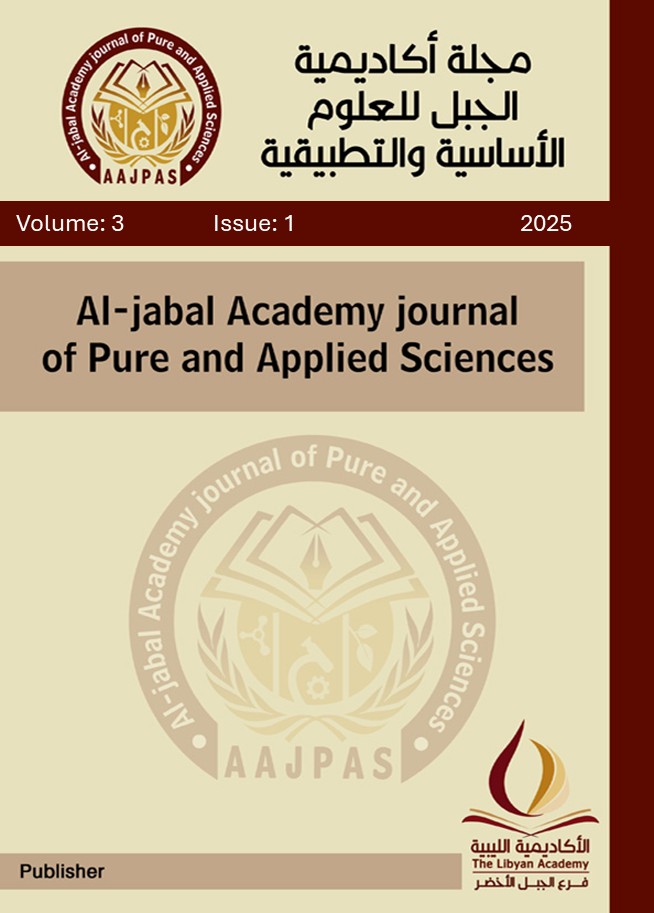The Effect of Temperature on Cement Mortar Incorporating Tamarisk as A Partial Cement Substitute
DOI:
https://doi.org/10.58309/5ez10s52Keywords:
Tamarisk, absorption, cement, heat, compressive strength.Abstract
Cement production is considered one of the major industrial processes with a significant environmental impact, as it notably contributes to greenhouse gas emissions, particularly carbon dioxide. Research indicates that the cement industry is responsible for a substantial percentage of these emissions, raising concerns about its environmental effects. Additionally, high temperatures pose a major challenge in construction, negatively affecting the properties of cement mortar, leading to cracks and shrinkage in concrete, thereby reducing the durability and structural strength.To address this issue, a comprehensive laboratory study was conducted on cubes to evaluate the physical and mechanical properties of cement mortar containing different proportions of tamarisk powder, which accounted for 0.5%, 1%, 2%, and 4% as a partial substitute for cement, along with a reference sample that did not contain tamarisk. All samples were exposed to high temperatures (20, 40, 60, and 80°C) after 28 days of curing, reflecting the harsh environmental conditions that construction materials may face on-site. The tests included measurements of mortar spread, wet density, absorption, compressive strength, and failure patterns. The results showed that mechanical and physical properties decreased with increasing tamarisk content and temperature, with significant effects observed particularly at 4% tamarisk and 80°C. These findings help determine the optimal ratios that can be used to mitigate the impacts of high temperatures.
Downloads
Published
Issue
Section
License
Copyright (c) 2025 محمد حسين, عمر رمضان الزروق

This work is licensed under a Creative Commons Attribution-NonCommercial 4.0 International License.
Articles Copyright Published by Al-Jabal Academy Journal of Pure and Applied Sciences (AAJPAS) is retained to the author(s), who grant AAJPAS a license to publish the article. Also they accept the article remains published by AAJPAS website (except in occasion of a retraction of the article).







